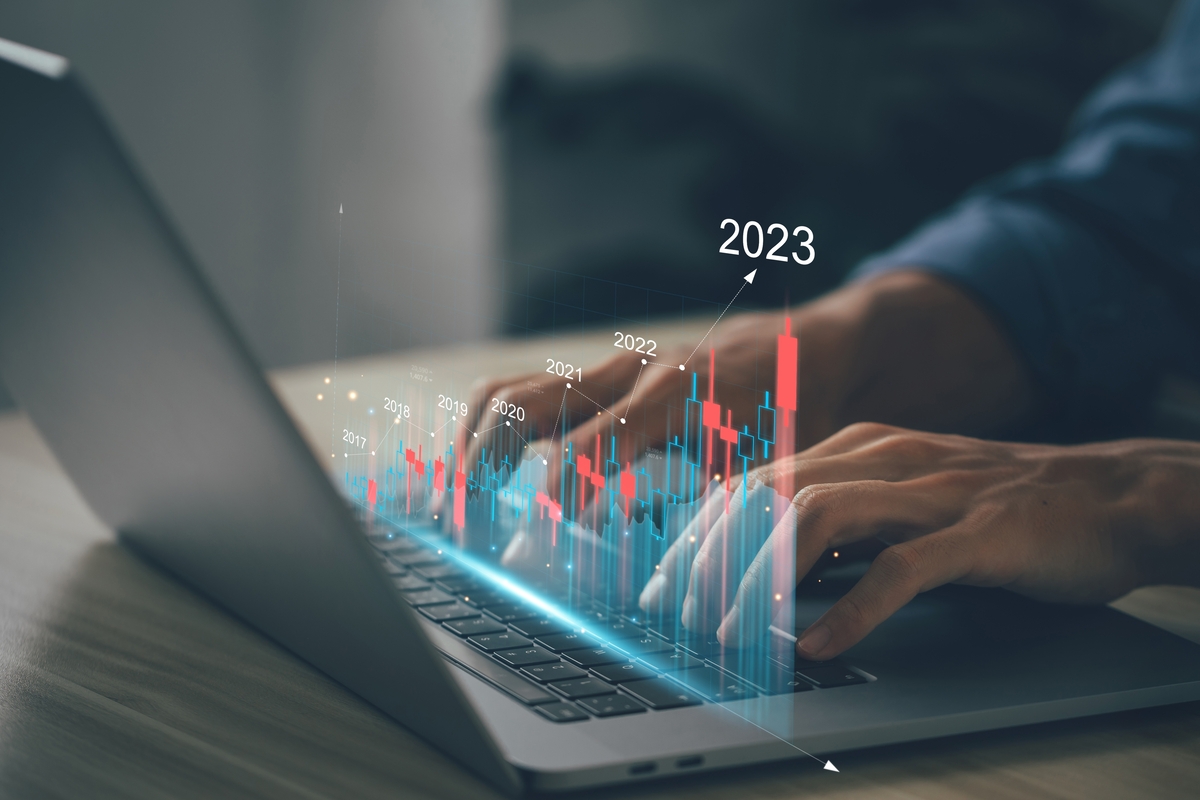Table of contents
ToggleUnknown assets that can’t stop growing
Exchange-traded funds or ETFs were introduced by Vanguard in 1975. Since that moment, they’ve continued to grow without stopping, especially in the last 10 years. Nowadays, assets managed via ETFs are more than 3 trillion dollars, surpassing investment funds.
Even so, they are unknown to many small savers and investors. ETFs can be understood as a basket of assets that closely follows a particular index or sector and, unlike mutual funds, it trades like stocks.
Not all ETFs are the same. Most investors will probably focus on aspects such as the volume of assets under management, the ETF provider or its commissions. All these features are important but others are important as well. Here we talk about 4 main keys in order to pick the right ETF.
4 keys to picking the right ETF
1- Choose the benchmark.
The first step is to select which index we want to be exposed to. For example, let’s imagine we want to buy American equities. By inertia we might pick the Dow Jones, because it’s the most popular index, however, it just represents 30 large companies. The S&P 500 could be a more representative index, as it contains 500 stocks; or the Russell 1000 that has a 1000. In this case, the difference between one and another is insignificant. On the contrary, we could notice a different result if we selected any ETF linked to Nasdaq, they usually have higher returns but also much more volatility.
Therefore, this first stage becomes very important. The advantage of using ETFs is that they are transparent and in most cases report their positions. Hence, it’s worth trying to verify if what they contain suits the country, the benchmark, the sector or the strategy we are looking for.
2- Costs
ETFs’ great advantage is their lower costs if we compare them with a mutual fund’s abusive cost. Once we’ve chosen the benchmark it is convenient to find out about different offers and verify their costs. In theory, the best would be the one with lower costs but sometimes it doesn’t go this way. We recommend you take into account two other factors: the tracking error and liquidity.
3-Tracking error
ETFs are usually referenced to a specific index. So, the lower the tracking error of the chosen ETF then the better the EFTs results will be. If we doubt between two ETFs with very similar costs, we recommend that you select the ETF with a lower tracking error. This will take the investor closer to the index he/she intends to follow.
4- Liquidity
Keep in mind that ETFs, as their name suggests, are funds that trade so; they can be sold and bought any time the market is operative. “Spreads”, which are the difference between the value of the basket of assets and the price at which ETFs trade, are produced as a result of the sale and purchase. Usually, the difference between the priced offered and demanded is less in funds with greater liquidity. Therefore, when ETFs have the same cost and tracking error chose the ETF that has the most liquidity.
Where to invest, Inbestme’s Scope
ETFs remain unknown for most small investors and savers. For each index and sector there is more than one ETF and there are many ETF options as well. There’s a wide range of offers, thus, investors can find the index or sector they would like with the guarantee ETFs will replicate the profitability of the chosen option at a minimum cost. Once you’ve picked the index, market or sector make sure to select the ETF with less cost, less tracking error and the most liquidity.
Inbestme’s proposal is to use ETFs. ETFs are an excellent tool for creating efficient diversified portfolios. You can build your first portfolio.
If you want to investigate on your own, we recommend you control these 4 keys before deciding. These links could help you find those that best suit you:
In Europe and also here.
In USA
Or if you prefer, you can invest with us. Just answer a short questionnaire and we take care of the rest.








